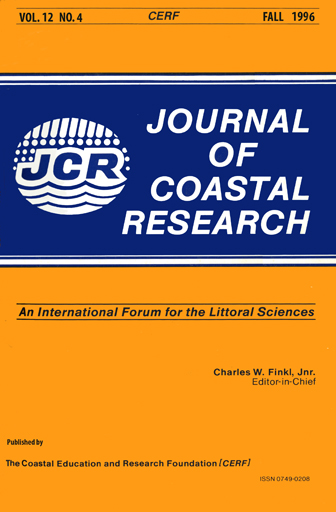Late Quaternary Sedimentary Sequence in the Bahia Blanca Estuary, Argentina
Keywords:
Quaternary, sedimentary sequence, fluvial estuarine and estuarine marine facies, stratigraphy, Bahia Blanca, ArgentinaAbstract
The Quaternary sedimentary sequence in the inner area of the Bahia Blanca Estuary is analyzed. A very compact Pliocene-Pleistocene sandy silt-silty sand is the oldest sediment which forms a hard basement of great areal extent in all of the estuary's coast. The Holocene sediments unconformably overlie this basement. Fluvial estuarine fine sand that forms relict lenticular accumulations lies on the pre-Holocene basement in the deeper part of the study profile (24 m under mean sea level). Above this sediment, there is an estuarine marine facies composed of sandy sediments with different proportions of gravel and abundant shell fragments, deposited by the transgressive Holocene cycle. With the slow rise in sea level, an extensive tidal flat formed by clayey-sandy silt was deposited over the Holocene littoral sediments. This material is located between 16 m (in its deeper sector) and sea bottom of the main channel. In the present shoreline, those sediments are found up to 8m above mean sea level which is evidence of the evolution during post glacial time of the coast line. Finally, the decrease of sea level originated a large coastal plain which is the main present characteristic of the Bahia Blanca Estuary.


